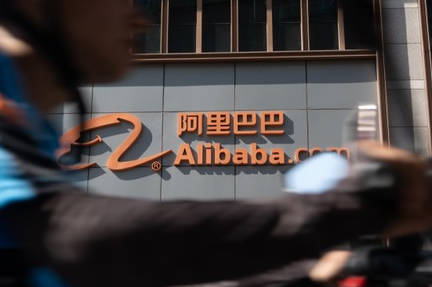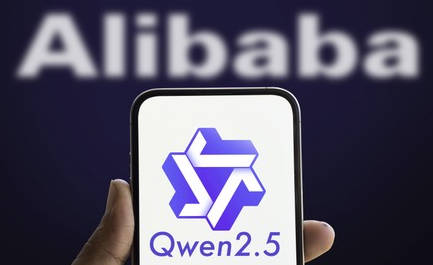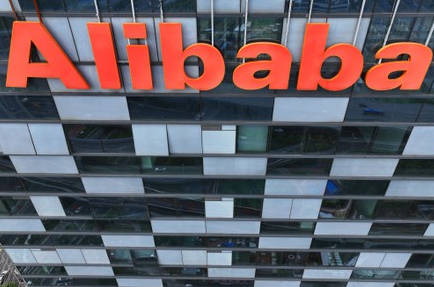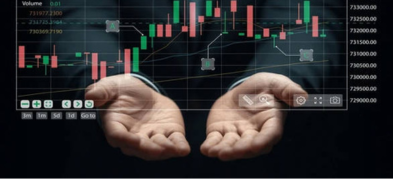
Ultima Markets App
Trade Anytime, Anywhere
Important Information
This website is managed by Ultima Markets’ international entities, and it’s important to emphasise that they are not subject to regulation by the FCA in the UK. Therefore, you must understand that you will not have the FCA’s protection when investing through this website – for example:
- You will not be guaranteed Negative Balance Protection
- You will not be protected by FCA’s leverage restrictions
- You will not have the right to settle disputes via the Financial Ombudsman Service (FOS)
- You will not be protected by Financial Services Compensation Scheme (FSCS)
- Any monies deposited will not be afforded the protection required under the FCA Client Assets Sourcebook. The level of protection for your funds will be determined by the regulations of the relevant local regulator.
Note: Ultima Markets is currently developing a dedicated website for UK clients and expects to onboard UK clients under FCA regulations in 2026.
If you would like to proceed and visit this website, you acknowledge and confirm the following:
- 1.The website is owned by Ultima Markets’ international entities and not by Ultima Markets UK Ltd, which is regulated by the FCA.
- 2.Ultima Markets Limited, or any of the Ultima Markets international entities, are neither based in the UK nor licensed by the FCA.
- 3.You are accessing the website at your own initiative and have not been solicited by Ultima Markets Limited in any way.
- 4.Investing through this website does not grant you the protections provided by the FCA.
- 5.Should you choose to invest through this website or with any of the international Ultima Markets entities, you will be subject to the rules and regulations of the relevant international regulatory authorities, not the FCA.
Ultima Markets wants to make it clear that we are duly licensed and authorised to offer the services and financial derivative products listed on our website. Individuals accessing this website and registering a trading account do so entirely of their own volition and without prior solicitation.
By confirming your decision to proceed with entering the website, you hereby affirm that this decision was solely initiated by you, and no solicitation has been made by any Ultima Markets entity.
I confirm my intention to proceed and enter this website Please direct me to the website operated by Ultima Markets , regulated by the FCA in the United KingdomAlibaba Stock Price Prediction 2025–2026
After a bruising few years, Alibaba has rebuilt momentum across e-commerce and cloud. As of September 9–10, 2025, BABA was up roughly 72% year-to-date. This puts attention on one question traders keep asking: What’s a realistic Alibaba stock price prediction for the next 12 months, and what would actually move the needle?

What Is the Current Alibaba Stock Price Prediction?
Across major trackers, the 12-month Alibaba stock price prediction for the ADR (BABA) clusters in the high-$180s to low-$190s, with a wider low/high spread often referenced across sources. Treat this as an anchor, not a promise. Consensus moves with earnings, guidance, and fresh Cloud/AI wins, so always note the “as of” date when you quote it.
Why Alibaba Rallied So Hard in 2025
The 2025 surge wasn’t just a relief bounce. Three fundamentals did the heavy lifting:
- Cloud & AI acceleration. Alibaba’s Cloud Intelligence Group grew revenue ~26% YoY in the June quarter, with AI products driving the step-up. This demonstrates a clean, data-backed reason for multiple expansion.
- Commerce quality mix. International commerce (AIDC) grew ~19% YoY with losses narrowing, while premium users (88VIP) continued to expand, indicating stickier spend even as quick-commerce investments trim near-term margins.
- A visible AI logo sheet. The multi-year NBA China partnership just named Alibaba Cloud the official AI & cloud partner, giving investors a marquee, real-world use case to point at.
These drivers explain the 2025 rerating and frame the next leg. The stock’s path now hinges on how quickly AI workloads convert into durable, profitable Cloud margins, alongside steady execution in core commerce and disciplined capital returns.
Fundamental Drivers Behind the Alibaba Stock Price Prediction
Buybacks and Capital Returns.
Alibaba is still retiring shares under a multi-year program effective through March 2027, with US$19.1B authorization remaining as of September 30, 2025. That gives per-share metrics a supportive backdrop and provides a modest floor if markets wobble.
Cloud and AI Momentum.
Beyond the NBA deal, Alibaba unveiled Qwen3-Max (a >1-trillion-parameter model) and signaled heavier AI infrastructure investment, both important for product depth and enterprise credibility. Stronger models can seed new workloads; the open question is how quickly this scales into profitable Cloud growth given compute and pricing constraints.

China E-Commerce Health.
Management commentary and disclosures highlight stabilising domestic demand and efficiency gains, even as Taobao Instant Commerce and ecosystem upgrades weigh on adjusted EBITA in the near term. This is classic “spend now, monetise later”, something the market rewards if unit economics keep improving.
ADR vs. Hong Kong Listing (BABA vs. 9988.HK).
Short-term gaps are normal due to FX, trading hours, and investor base differences, but over time the two lines converge via ADR mechanics. For readers following both, present targets in USD and HKD, with source dates.
Alibaba Stock Price Prediction Scenarios
Base Case: Gravitate Toward the Band.
Cloud grows steadily; a drip of enterprise AI logos lands (e.g., NBA China); domestic commerce stays stable; buybacks continue. Price gravitates toward the high-$180s/low-$190s band via a mix of modest multiple expansion and EPS lift from repurchases.
Bull Case: Break Higher on Execution.
Cloud bookings inflect faster on Qwen3-Max-enabled use cases; named partnerships stack up; chip/compute supply proves manageable; capex remains disciplined. The stock tests ~$195–$230, with upside framed by widely cited highs if unit margins trend better than expected.
Bear Case: Re-Rate on Risk.
China demand wobbles, export controls tighten compute access, or AI/Cloud capex outpaces revenue conversion. Pullbacks toward low-$100s are possible in risk-off tapes; in this path, buybacks act as a buffer, not a fix.
Near-Term Catalysts and Risks of BABA

Catalysts to Watch
- Named enterprise wins that validate applied-AI demand (e.g., the NBA China partnership).
- Model/platform progress that expands use cases (e.g., Qwen3-Max).
- Buyback cadence; the dollars actually deployed and authorization remaining.
Risks That Could Shift the Band Lower
- Compute/export constraints that raise cost or slow AI adoption.
- Policy and regulation affecting platforms, data, or AI deployment.
- Investment intensity vs. profitability, where instant retail or AI infra spending weighs on margins before revenues catch up.
Conclusion
A balanced Alibaba stock price prediction is a drift toward the Street’s high-$180s/low-$190s band over the next year. Upside depends on Cloud/AI execution compounding and buybacks staying active; downside risk comes from China macro, chip access, and Cloud margins. Keep your framework, refresh the inputs, and let the data, not the noise, move your view.
Disclaimer: This content is provided for informational purposes only and does not constitute, and should not be construed as, financial, investment, or other professional advice. No statement or opinion contained here in should be considered a recommendation by Ultima Markets or the author regarding any specific investment product, strategy, or transaction. Readers are advised not to rely solely on this material when making investment decisions and should seek independent advice where appropriate.












